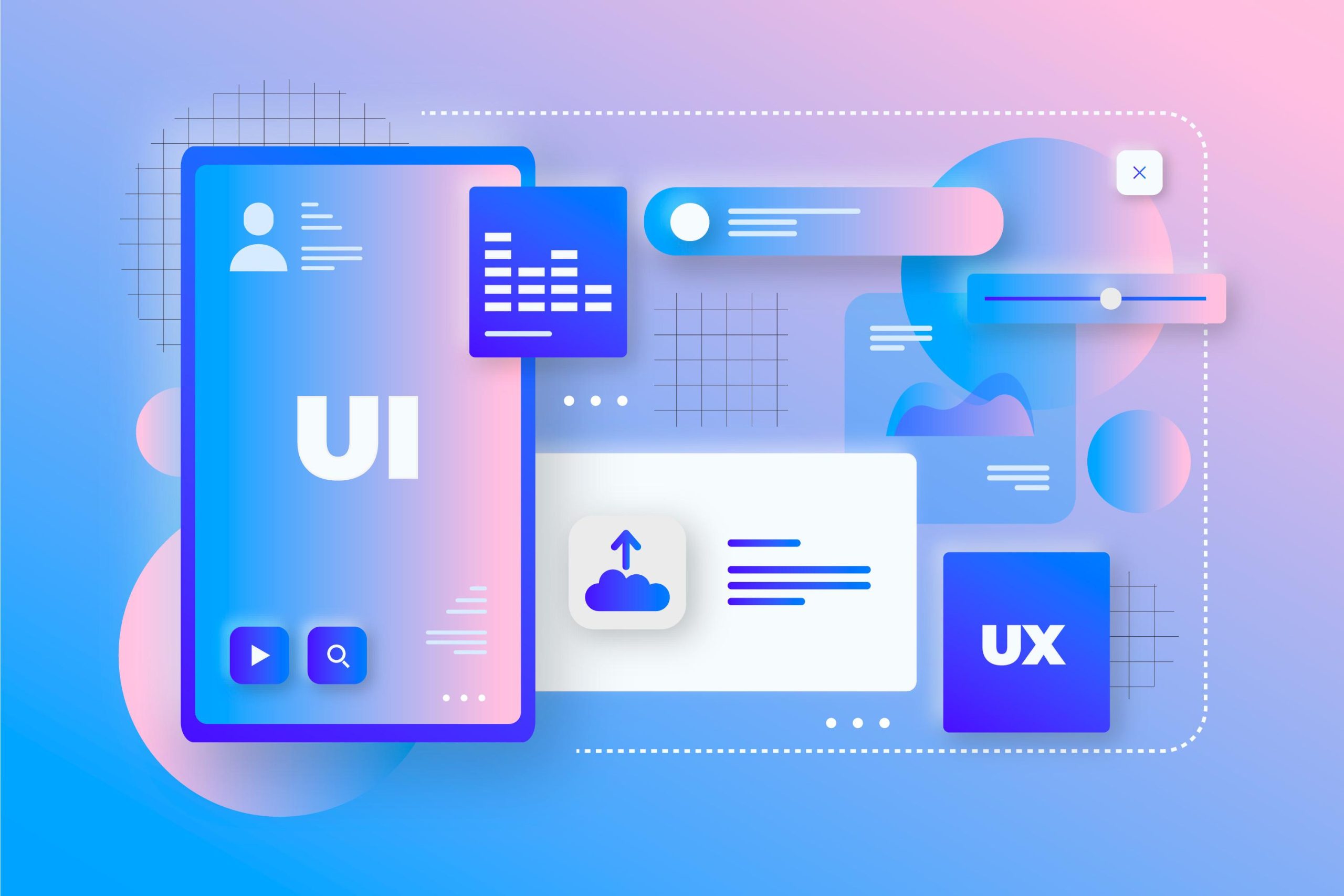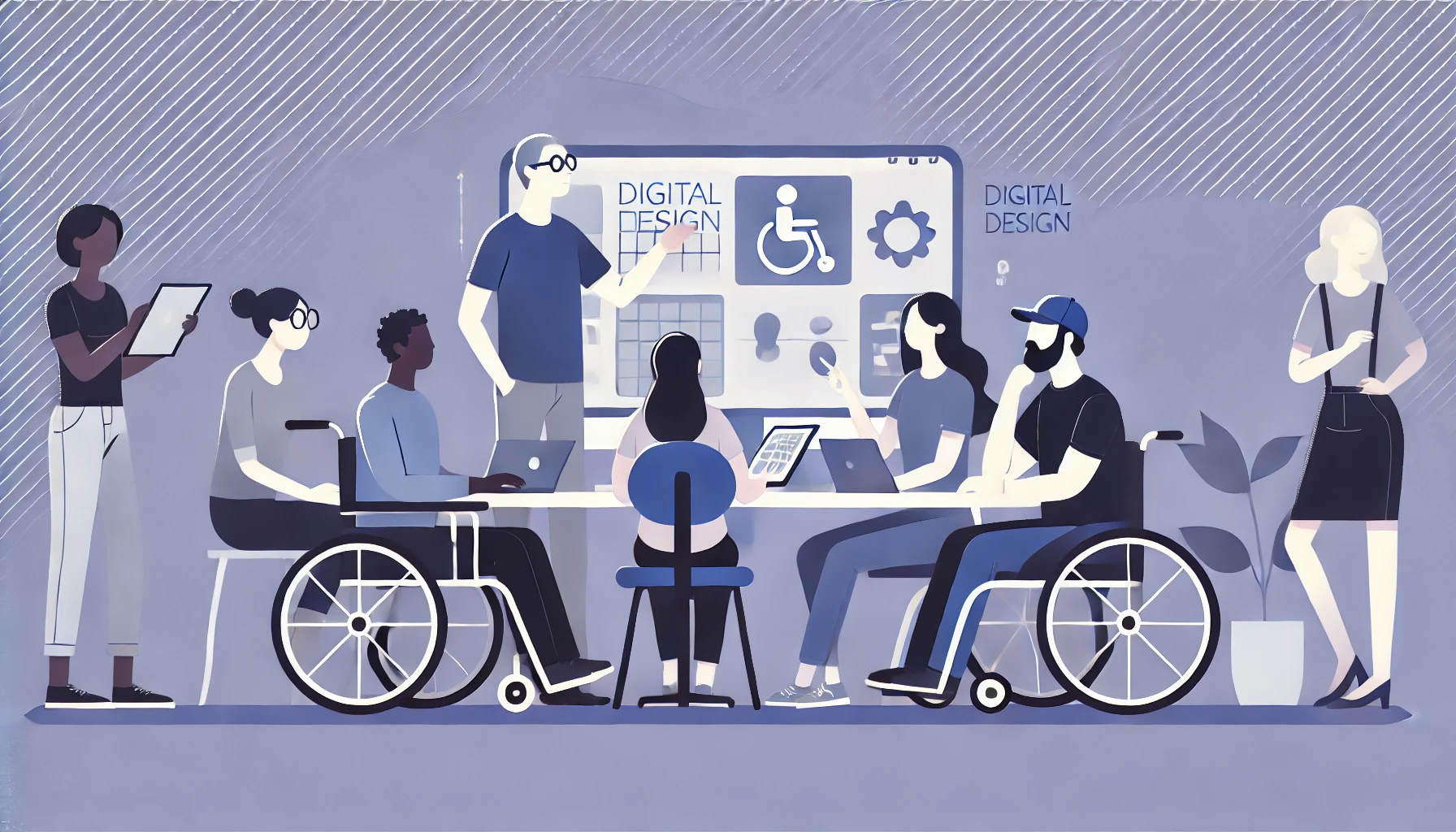
Dark Patterns vs Ethical Persuasion: Drawing the Line in Modern UX
In a world where every click counts and user attention is gold, the fine line between persuasive design and manipulation

In a world where every click counts and user attention is gold, the fine line between persuasive design and manipulation

Consider this scenario: You have filed an insurance claim after an unfortunate accident, only to receive a rejection with no

Think of the last time you abandoned an app because it felt clunky, confusing, or just plain slow. Now think

As UX designers, we have the power (and duty) to build experiences that include, not exclude. Accessibility means creating digital

The design world has been buzzing since the curtains lifted at Figma Config 2025 – and rightly so. This year

When Material Design was first launched by Google, it set a new benchmark for how digital interfaces could combine clarity,

Every day, UX designers face a fundamental dilemma: should we base our decisions on data analytics or trust our professional
Your 75-year-old grandmother wants to order groceries online. She opens an app only to be bombarded with tiny text, confusing

With 75% of consumers willing to switch banks over inadequate fraud protection and 69% of customers demanding stronger cybersecurity measures,

Building a design system is one thing. Scaling it across a large company is another challenge entirely. As companies grow,